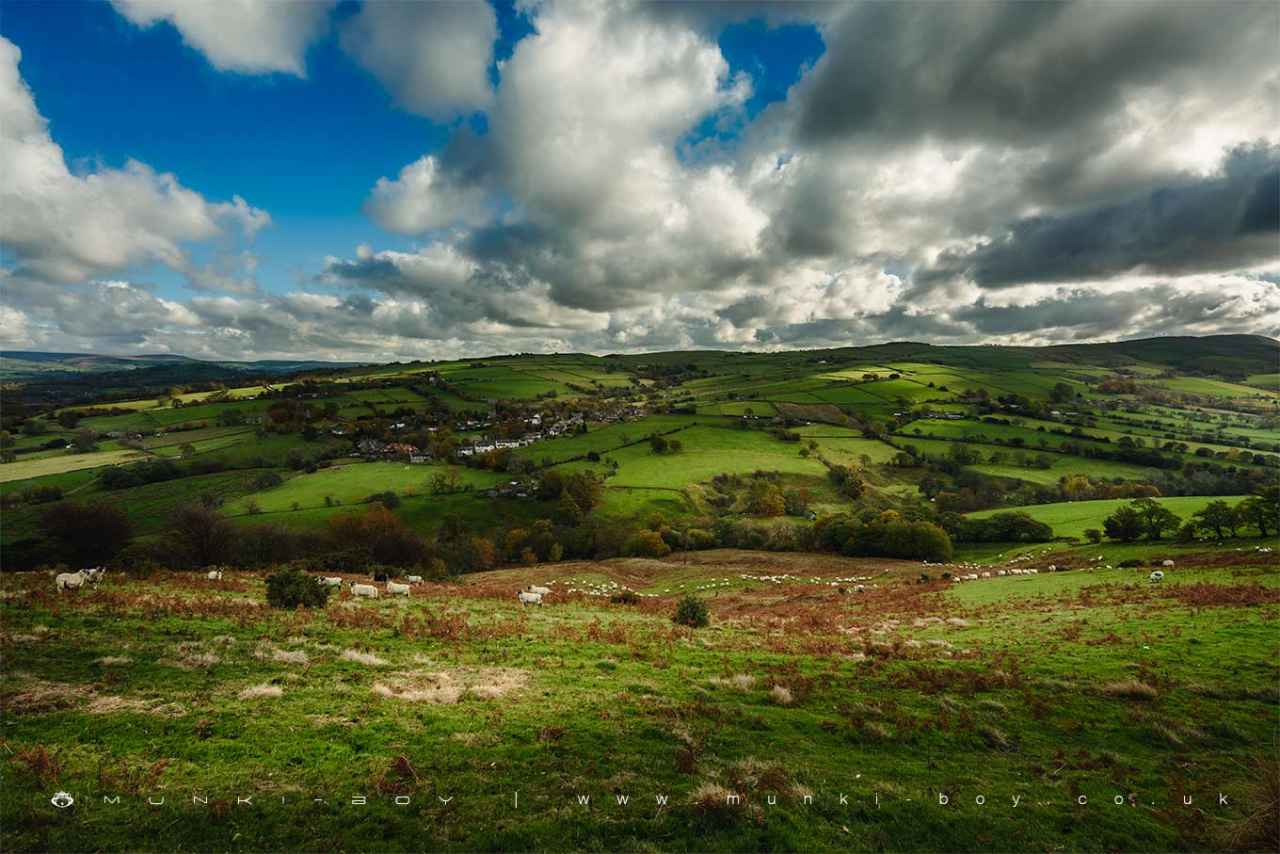
Located on the edge of the Peak District National Park, the spa town of Buxton is one of England’s highest market towns. The area is home to a number of historic spas, as well as the oldest continuously running spa in the United Kingdom. The town is close to Staffordshire and Cheshire. Many visitors also come here for its wonderful scenery. The city is 1,000 feet above sea level. There are several different ways to experience the spas in Buxton.
The natural springs of Buxton are believed to have been used as early as 78 AD by the Romans. In medieval times, pilgrims gathered to take the waters of St Ann’s shrine. During the eighteenth century, the springs were re-discovered and became famous once again. Victorians capitalized on the water, building fine Regency and Victorian buildings in the city center. Today, you can visit the town’s renowned greenhouse for some tropical plants.
About
Buxton’s natural springs are known worldwide for their therapeutic effects. They were first discovered by the Romans and were known as Aquae Arnemetiae. During the 16th century, the water was rebuilt in the church of St. Anne and became a famous destination for healing. The 5th duke of Devonshire improved Buxton by building a Gothic style church, The Crescent. Visitors can still drink the mineral water in the pump room. Nowadays, the city ofBuxton consists of a few industries and is known for limestone quarries.
The most important attraction in Buxton is the Crescent, a Grade I listed centrepiece. This ancient building was the home to the legendary Fountain. The fountain is a symbol of the town’s prosperity, and many visitors to the area come here to enjoy the spa and its hot springs. This beautiful landmark is also home to a number of local businesses, including the iconic The Crescent. The thriving arts and crafts scene in the city is a must for buxton.
Popular destination for tourists
The city of Buxton is a popular destination for tourists, and is one of the most prominent market towns in England. The town’s mineral waters were used by the Romans. They were known as Aquae Arnemetiae. The Renaissance-style Cathedral of St. Anne, which dates back to the 15th century, is the most famous structure in Buxton. The city also boasts a number of light industries, such as limestone quarries.
The English city of Buxton is home to the Lion’s Mouth, which is an ancient spring. The town is also home to a number of botanical gardens and other attractions. There is a free spring water well that is accessible to the public. The town also boasts a greenhouse with tropical plants, which is a great place to visit for the entire family. Its historic sites include the historic Fountain House, a Roman bath, and the Victorian-era Palace.
In Buxton, you can visit the Cathedral of St. Ann’s. The church has a statue of the saint. Moreover, you can take a short drive to the Chatsworth House, which is located 15 miles away in Bakewell. A short trip to this place will help you enjoy the city’s unique culture. In addition, you can enjoy the local cuisine and enjoy a meal out at the nearby restaurants.
The English city of Buxton is the highest market town in England. Its mineral waters were first used by the Romans. Their name was Aquae Arnemetiae. By the 16th century, it was rebuilt. The church of St. Anne soon became famous as a place for healing. The 5th duke of Devonshire was responsible for improving the town and building the Crescent (1780-86) in the Doric style. Though there are a number of light industries in Buxton, there is also limestone quarried nearby.
Located 300 metres above sea level, Buxton is the highest market town in England. Its mineral waters were used by the Romans, but were rebuilt in the 16th century. The Church of St. Anne was built around this well-preserved spring, which was originally used to cure a variety of ailments. The church was later renovated and the water still remains a source of healing for the city’s residents.